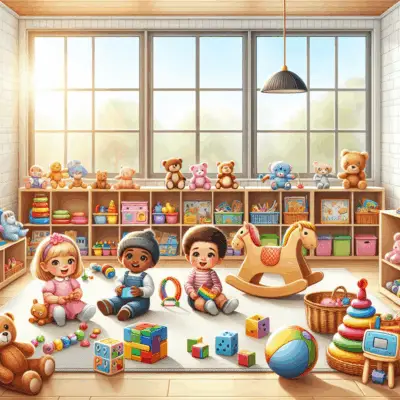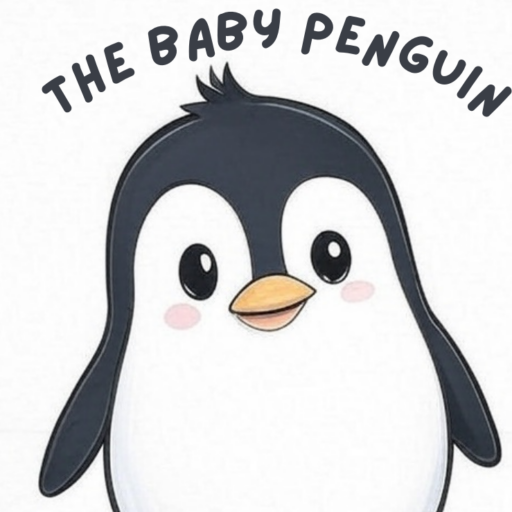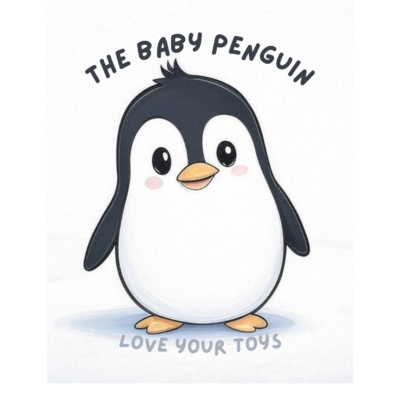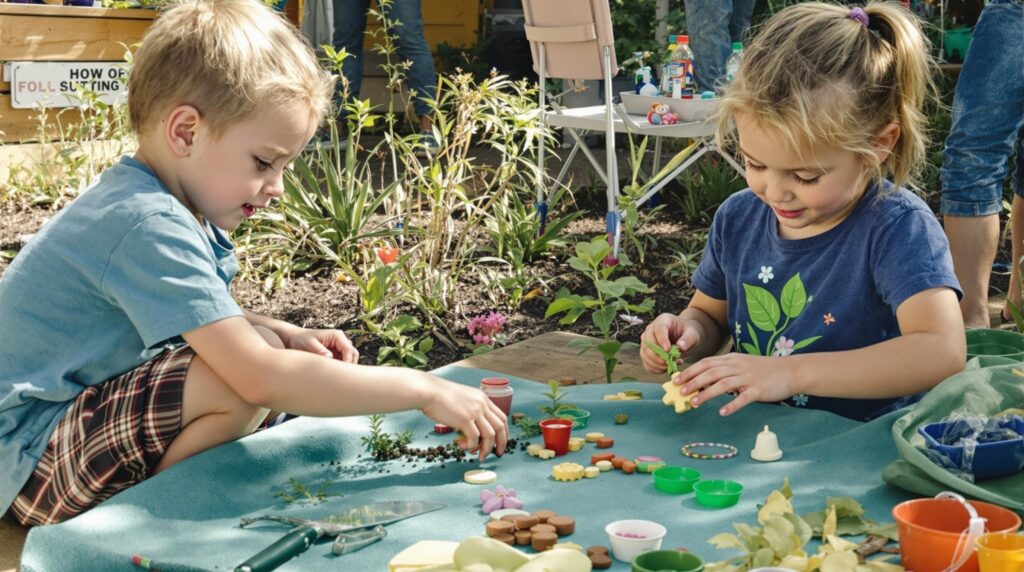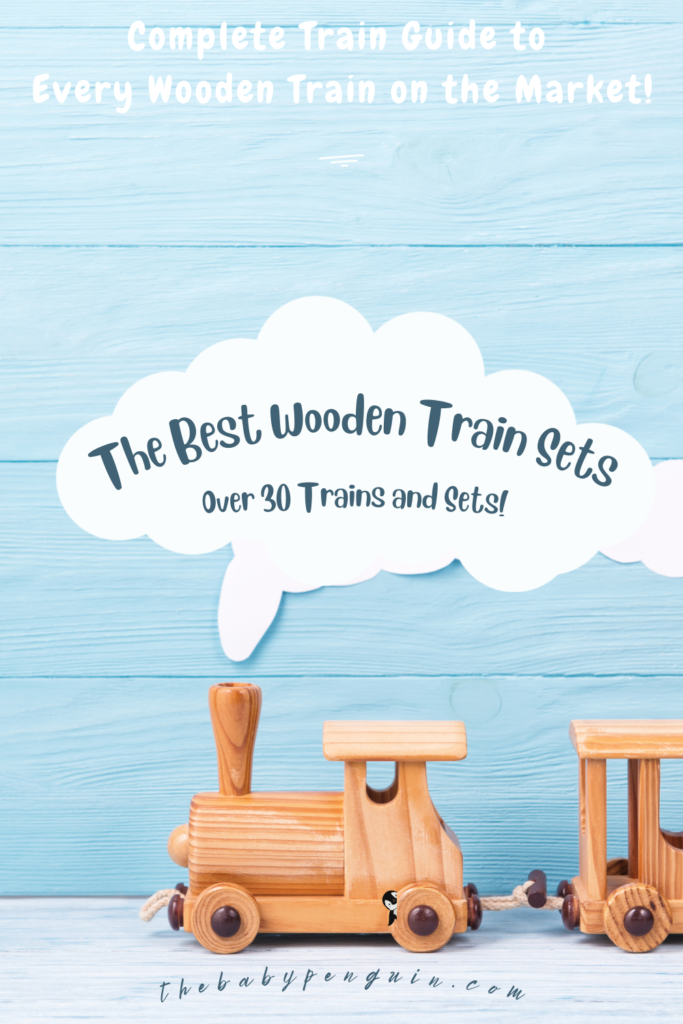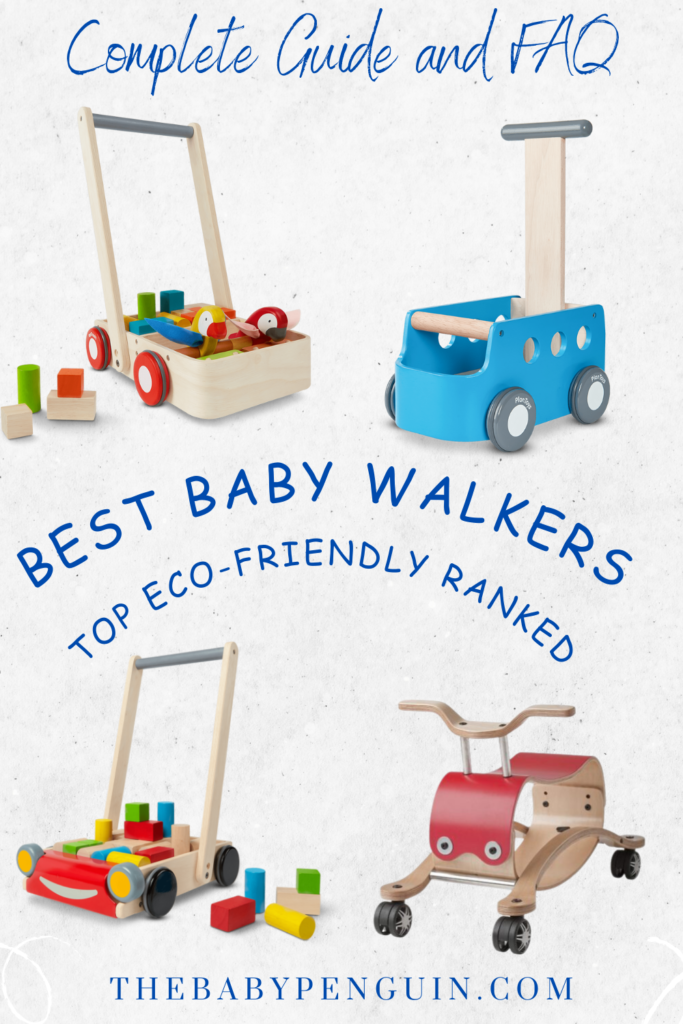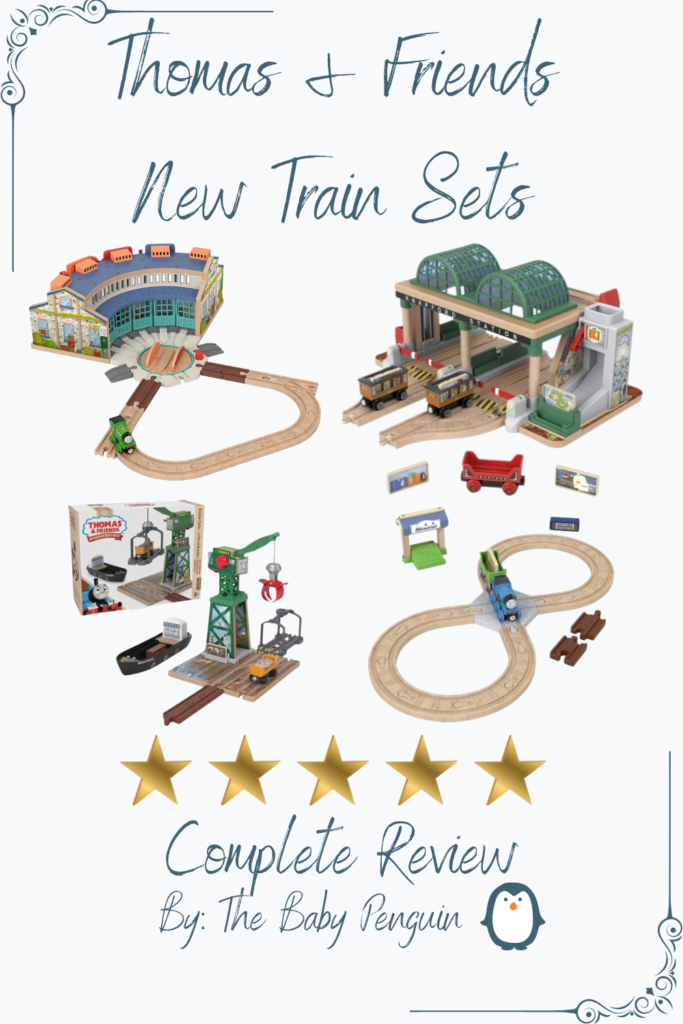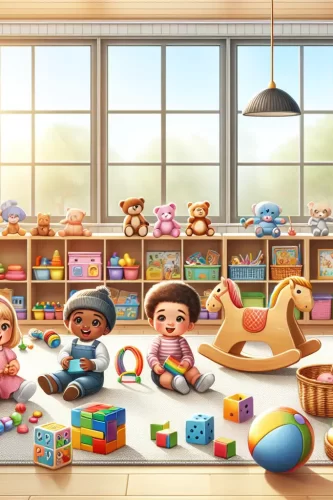The infants and toddlers toy market is evolving rapidly, with parents like us prioritizing quality over quantity and purpose over novelty. Let’s explore the fascinating trends reshaping how we shop for our littlest loved ones and why these changes matter for both our children and our planet.
Table of Contents
ToggleThe Sustainable Revolution in the Infants and Toddlers Toy Market
Remember when toy shopping meant wandering down aisles packed with plastic? Those days are fading fast. The infants and toddlers toy market is experiencing an eco-friendly revolution, with sustainable toys becoming mainstream rather than niche.
Last Christmas, I noticed almost every parent at my mommy group exchanging gifts made from sustainable materials like wood, organic cotton, and recycled plastics. According to The NPD Group, eco-friendly toy sales have grown by 12% annually since 2019, significantly outpacing the overall toy market growth.
What’s driving this shift? We parents are increasingly aware of environmental issues and want to make responsible choices. We’re looking for toys that won’t end up in landfills after a few months and that align with our values around sustainability.

Multi-Functional Toys: More Play Value, Less Clutter
Another significant trend in the infants and toddlers toy market is the rise of multi-functional toys. Parents (myself included!) are tired of toys that serve a single purpose, take up precious space, and quickly become forgotten.
My personal favorite purchase last year was a wooden activity center that transforms from a walker to a building block set to a shape sorter. It’s been the best investment, growing with my daughter from 9 months to now almost 2 years.
Multi-stage toys that adapt to different developmental phases offer extended play value and reduce waste. They’re especially popular among urban families with limited space and parents committed to minimalist or sustainable lifestyles.
The Tech Balance: Digital Integration in Traditional Play
As a millennial mom navigating screen time battles, I’m fascinated by how the infants and toddlers toy market is handling technology integration. Rather than an all-or-nothing approach, toy manufacturers are finding innovative ways to blend the benefits of technology with traditional play.
Smart toys that grow with children, offering increasingly complex challenges as they develop, represent a significant educational toy trend. These toys often incorporate STEM principles without relying heavily on screens.
I recently purchased a coding toy for my 3-year-old son that teaches basic programming concepts through physical blocks—no tablet required! It’s this thoughtful tech integration that’s winning over even the most screen-cautious parents.
Developmental Focus: Toys That Support Growth Milestones
Today’s parents are remarkably informed about developmental milestones and eager to support their children’s growth. This awareness is reflected in the infants and toddlers toy market, with products increasingly labeled by developmental stage rather than just age.
Fine motor skills, language development, sensory processing, and emotional intelligence are all targeted by specialized toys. When my son was working on his pincer grasp, I found toys specifically designed to help with this skill—something I doubt my mother had access to when raising me!
Montessori-inspired toys have seen explosive growth, with their focus on natural materials, real-world functionality, and child-led learning. This approach aligns perfectly with both the sustainability movement and parents’ desire for toys with genuine developmental benefits.
Check out our guide to age-appropriate Montessori toys for each developmental stage
Representation Matters: Diversity in the Toy Box
The infants and toddlers toy market is finally acknowledging what many of us have long known: children benefit from seeing themselves and others authentically represented in their play materials. Diverse dolls, inclusive character representations, and multicultural themes are no longer specialty items but mainstream offerings.
I’ve been intentional about selecting books and toys that expose my children to different cultures, abilities, and family structures. This isn’t just about political correctness—it’s about preparing my kids for the diverse world they’ll navigate.
Toy companies are responding to this demand with adaptive toys for children with different abilities, dolls
with various skin tones and features, and storytelling elements that incorporate diverse perspectives. This inclusive toy trend represents one of the most positive shifts in the market.
Subscription Services: Curated Play Experiences
With our busy lives as parents, subscription toy services have become a welcome addition to the infants and toddlers toy market. These services deliver age-appropriate, often sustainable toys on a regular schedule—reducing decision fatigue while introducing children to carefully curated play experiences.
I subscribed to an eco-friendly toy box service when my son turned one, and it’s been wonderful receiving developmental toys right when he needs them. Many of these subscriptions include guide sheets for parents, explaining the developmental benefits and suggesting ways to extend play value.
This trend addresses several modern parenting challenges: the desire for quality over quantity, the need for convenience, and the interest in expert-guided developmental support.

The Return to Simplicity: Classic Toys Making a Comeback
Despite all the innovation in the infants and toddlers toy market, we’re also witnessing a significant return to simplicity. Classic toys—blocks, stacking rings, pull toys—are experiencing a renaissance, often with sustainable materials giving them modern appeal.
There’s something deeply reassuring about watching my daughter play with essentially the same stacking rings I enjoyed as a child. These timeless toys have endured for good reason: they work with children’s natural development and spark imagination.
Simple, open-ended toys encourage creative thinking and problem-solving in ways that heavily structured or electronic toys often don’t. As parents become more aware of the cognitive benefits of independent play, these classics are finding their way back into modern nurseries.
In our home, we’ve found that a careful selection of simple, sustainable wooden toys provides more engaged play than a roomful of battery-operated options.
What This Means For Your Family
As we navigate the ever-evolving infants and toddlers toy market, what does this mean for your family? Here’s my perspective as both a mom and an advocate for sustainable living:
- Quality over quantity serves both our children and our planet better
- Investment pieces that grow with your child provide better value than disposable toys
- Considering the developmental purpose of toys helps create a more intentional play environment
- Supporting companies with genuine sustainability commitments amplifies your impact
In our family, we’ve adopted a “less is more” approach to toys, focusing on versatile, sustainable options that encourage open-ended play. The difference in my children’s engagement level has been remarkable—they play longer, more creatively, and more independently with their thoughtfully selected toys.
The infants and toddlers toy market trends reflect a broader societal shift toward mindfulness, sustainability, and developmental awareness. As parents, we have more options than ever to align our purchasing decisions with our values.
FAQ: Sustainable Toys for Infants and Toddlers
What materials should I look for in sustainable toys for my infant or toddler?
The most sustainable toy materials include FSC-certified wood, organic cotton, natural rubber, and recycled plastics. Look for non-toxic, water-based finishes on wooden toys and avoid PVC plastics. Certifications like FSC (Forest Stewardship Council) and GOTS (Global Organic Textile Standard) can help verify sustainability claims.
How can I tell if an “educational” toy will actually benefit my child’s development?
The best educational toys align with your child’s current developmental stage while offering some room to grow. Look for toys that engage multiple senses, encourage problem-solving, and allow for open-ended play rather than having a single “correct” use. Quality educational toys often come with parent guides explaining developmental benefits and ways to extend learning through play.
What’s the best way to create a sustainable toy rotation system for my home?
Start by categorizing toys by developmental purpose (fine motor, gross motor, language, etc.) and rotate a selection from each category every 2-3 weeks. Store unused toys in sustainable containers out of sight, which makes them feel new when reintroduced. Consider borrowing toys through toy libraries or swap groups to reduce consumption while still providing variety. Document which toys consistently engage your child and use this knowledge to guide future purchases.
The growing trends in the infants and toddlers toy market offer exciting opportunities for mindful parenting. By staying informed and making intentional choices, we can create play environments that nurture our children’s development while respecting the planet they’ll inherit.
What sustainable toys have been hits with your little ones? Share your experiences in the comments below!

